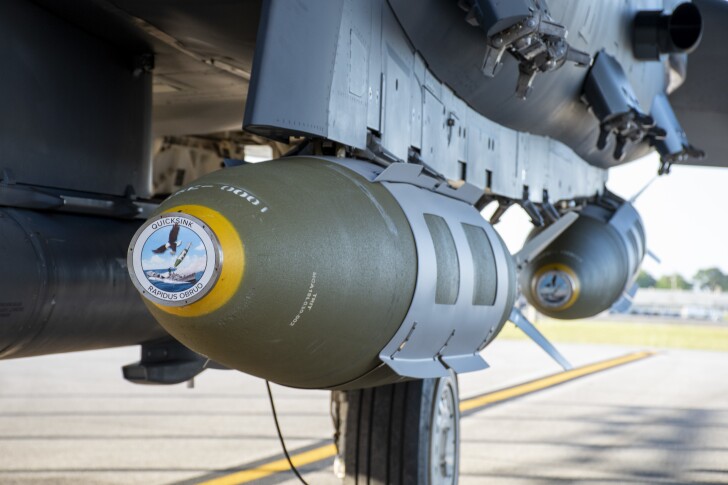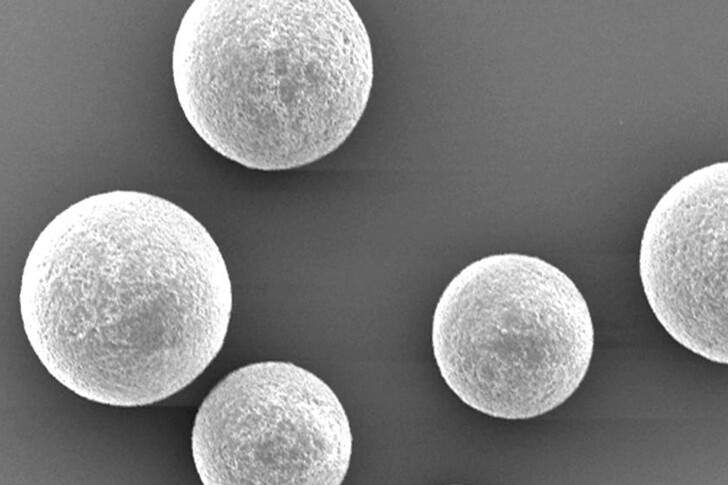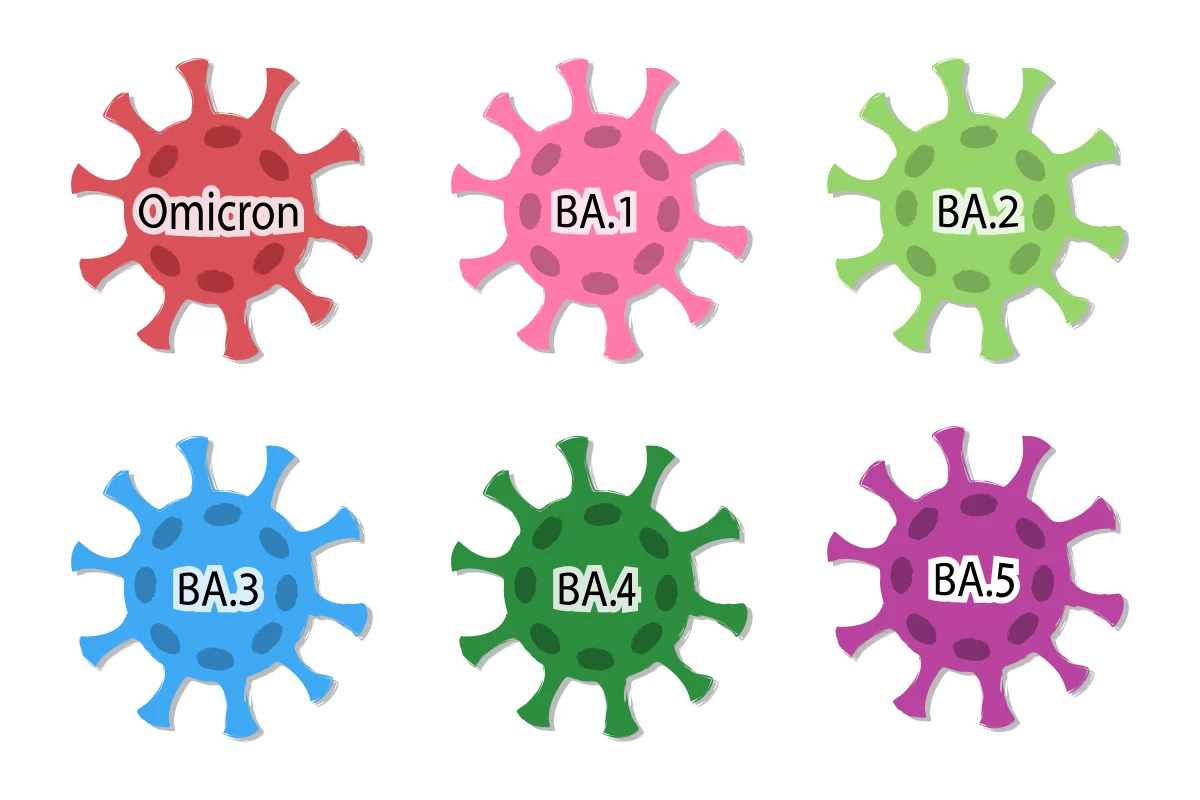
The CDC predicts an Omicron subvariant dubbed BA.2.12.1 will become the predominant strain of SARS-CoV-2 in the United States within weeks. Depositphotos
–
2022 May 05
–
COVID-19 variant-tracking estimates from the Centers for Disease Control and Prevention (CDC) indicate a new Omicron sub-variant is rapidly becoming prevalent in the United States. Dubbed BA.2.12.1, little is known about this novel variant beyond it likely being the most infectious version of SARS-CoV-2 to date and experts warn it could be triggering a new wave of cases across the country.
Since the Omicron variant of SARS-CoV-2 emerged in late 2021, the virus has spread, and mutated, at an incredible pace. The first iteration of Omicron (B.1.1.529) took a few short weeks to become dominant in the United States before being rapidly pushed out of prominence by the next sub-variant, BA.1.1.
By March another iteration of Omicron called BA.2 had taken over the US. BA.2 wasn’t a new subtype of Omicron but rather it was a different iteration from the same lineage that emerged in South Africa in late 2021.
BA.2 was found to be about 30 percent more transmissible than the prior Omicron iterations that had spread across the country. But more problematic was BA.2’s ability to evade monoclonal antibody treatments previously developed to treat COVID-19.
Now yet another iteration of Omicron has been detected rapidly growing in prominence in the US. This variant, called BA.2.12.1, is a new mutation of unknown origins. It emerged on the CDC’s variant tracker in early February but exploded in growth across the country in April.
The latest NowCast modeling from the CDC estimates BA.2.12.1 accounted for 36.5 percent of infections in the country by the end of April. In the north-east of the country, where BA.2.12.1 was first detected, it is now thought to account for up to 80 percent of all infections.
The emergence and growth of BA.2.12.1 mirrors two other new Omicron subtypes that have been reported in South Africa – BA.4 and BA.5. A recent summary of these new variants’ characteristics from scientist Eric Topol indicates they are even more infectious than BA.2, with some novel mutations that could allow them to reinfect those previously infected with early Omicron iterations. Topol notes BA.4 and BA.5 are possibly 10 percent more transmissible than BA.2, however, BA.2.12.1 may be even more infectious, with a 25 percent transmission advantage over the previously dominant Omicron variant.

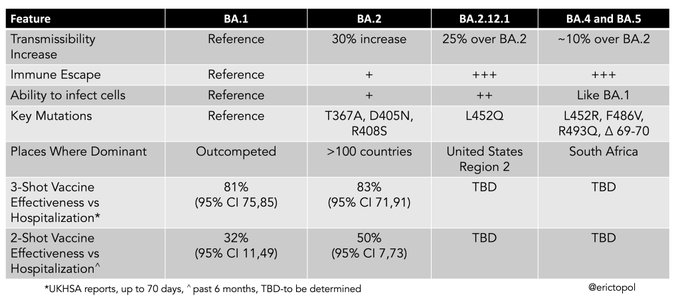
–
A recently posted preprint study from scientists in Beijing, yet to be peer-reviewed, offers the first robust look at how antibodies from a prior Omicron infection interact with BA.4, BA.5 and BA.2.12.1. The findings suggest all three of these new Omicron subtypes may have properties that allow them to escape any immunity generated from a BA.1 infection.
BA.2.12.1 was also found to harbor some unique mutations that could enhance its entry into human cells, essentially adding weight to the suspicion it is likely the most infectious variant to appear so far.


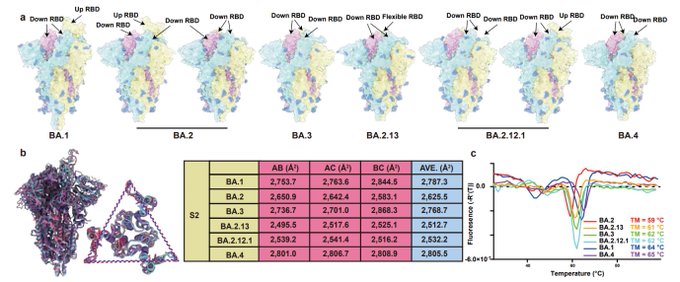
–
Of course, needless to say, all this data is rapidly evolving and it’s unclear exactly what these new Omicron subtypes will do in real-world conditions. New York City has been called the bellwether of the US and it has seen a recent increase in COVID-19 hospitalizations.
As of early May, officially recorded COVID-19 cases in New York State hit the highest levels seen since January. South Africa, battling its own BA.4/BA.5 spike, is also recording the highest new COVID-19 case rates it has seen in months.
So far there is no evidence to indicate these new variants cause more severe disease compared to prior Omicron subtypes. However, small increases in hospitalizations, both in New York and South Africa, suggest higher rates of infections in a community will always mean the virus finds those most vulnerable.

–
Perhaps the biggest question right now concerning these new emerging Omicron subtypes is what to do about variant-specific vaccine boosters. Both Moderna and Pfizer are in advanced stages of trialing an Omicron-specific mRNA booster. The companies are currently hoping to have those shots available later this year, ahead of the Northern Hemisphere winter, however, both new vaccines have been designed to target the BA.1 subtype of Omicron.
The preprint study analyzing these emerging Omicron subtypes indicates it is possible the immune escape properties of BA.4, BA.5 and BA.2.12.1 will lead to new waves of reinfections. And maybe a variant-specific vaccine targeting BA.1 will not be optimal at protecting against these increasingly immune-evasive lineages of Omicron.
“This poses a great challenge to the currently established herd immunity through WT-based vaccination and BA.1/BA.2 infection,” the new research explains. “Similarly, this observation also suggests that Omicron BA.1-based vaccine may not be the ideal antigen for inducing broad-spectrum protection against emerging Omicron sublineages.”
The US Food and Drug Administration (FDA) has scheduled a meeting for late June to lock in the optimal variant new booster vaccines should be targeting for later in the year. Moderna, at the front of the pack with trials on their BA.1 mRNA booster, is aiming for an August deployment of the new formulation. But Moderna’s CEO has warned that if a different Omicron sub-variant needs to be targeted that August date will be pushed back to later in 2022.
–
–













